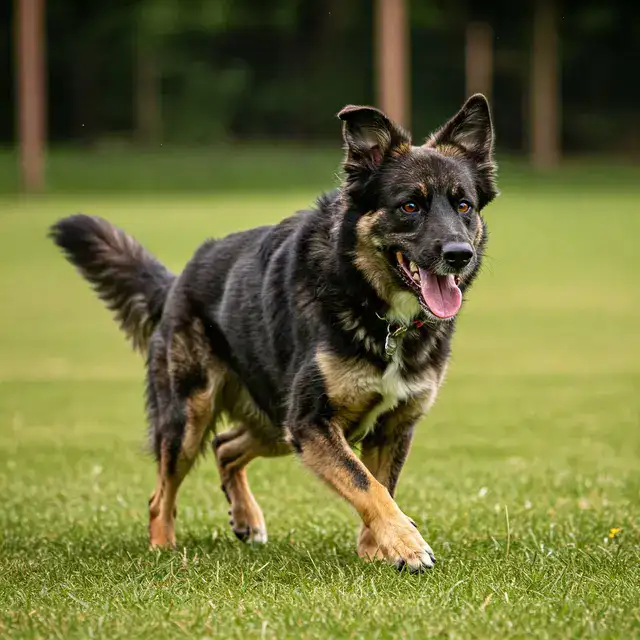
·
Shollie Dog: Duo of Intelligence and Energy
The Shollie—a cross between the German Shepherd and Border Collie—combines the best traits of two legendary working breeds. Known for their intelligence, loyalty, and boundless energy, Shollies excel as family companions, service dogs, and agility champions. Quick Facts Trait Details Height 21–29 inches Weight 70–80 lbs Lifespan 13–15 years Coat Double coat (moderate to heavy…
